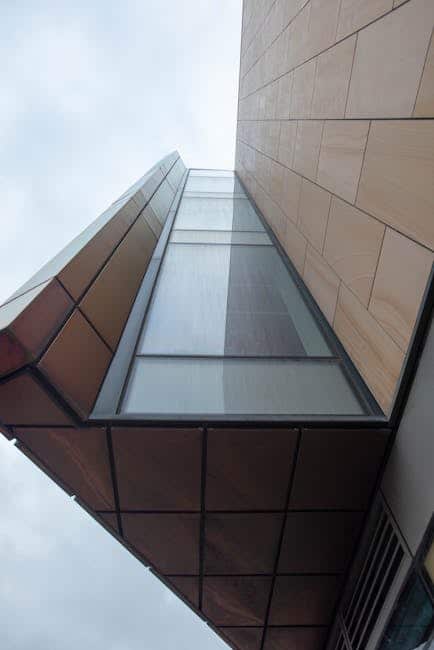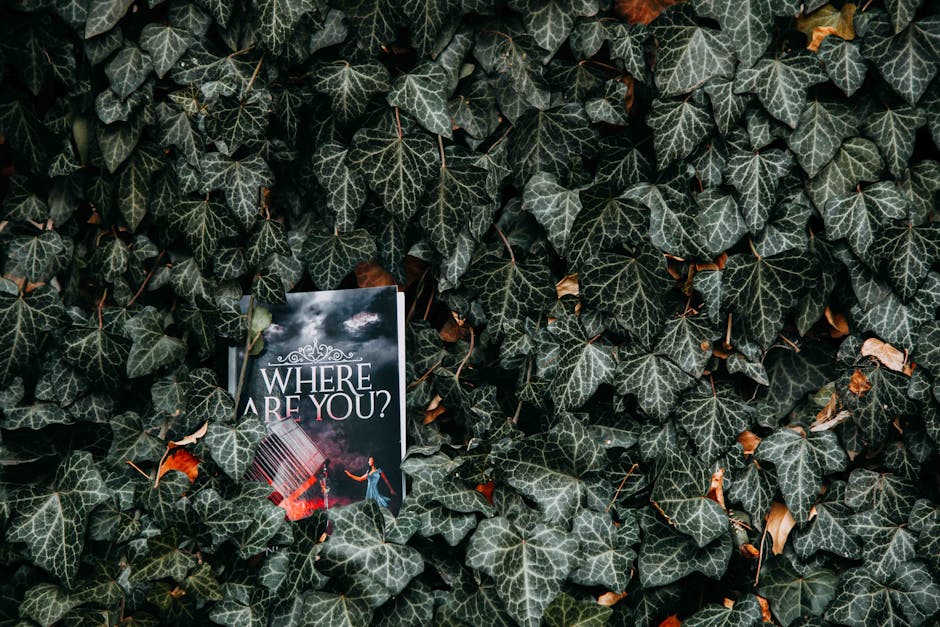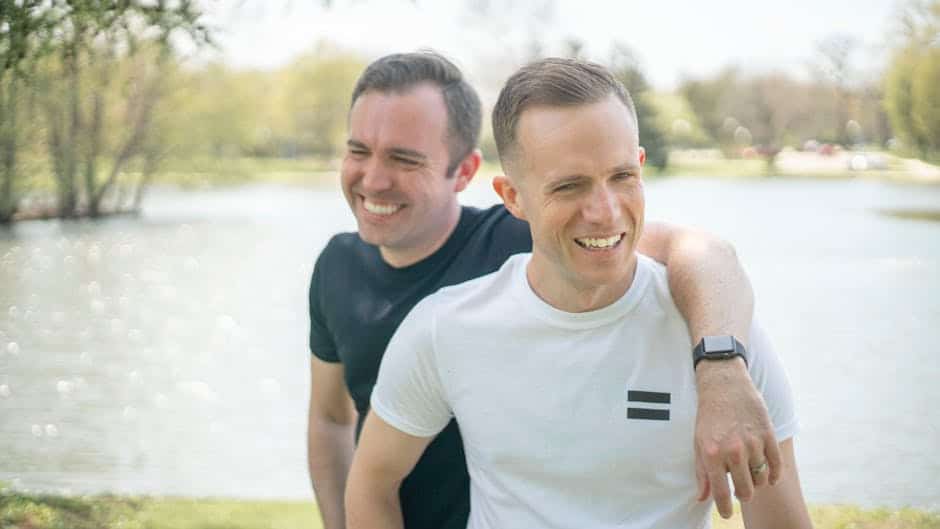A Deep Dive into Chicago’s Historic Jazz Scene
Chicago, a city known for its towering skyscrapers and deep-dish pizza, also boasts a vibrant and historically rich jazz scene. From the roarin’ 20s to today’s jazz festivals, the Windy City has been a pivotal player in the evolution of jazz music. Join us as we explore the soulful beats and passionate rhythms that have shaped Chicago’s jazz history.
Table of Contents
1. The Birth of Jazz in Chicago
2. Iconic Jazz Venues
3. Legendary Jazz Musicians
4. The Evolution of Chicago Jazz
5. Modern-Day Jazz Scene
6. Conclusion
7. FAQs
The Birth of Jazz in Chicago
The journey of jazz in Chicago began in the early 20th century. As African Americans migrated from the South during the Great Migration, they brought with them the soulful sounds of jazz and blues. Chicago became a melting pot of musical innovation, where artists could experiment and collaborate.
Jazz really took off in the 1920s, an era famously known as the “Jazz Age.” Venues in the South Side’s Bronzeville neighborhood, often referred to as the “Black Metropolis,” were at the heart of this musical explosion. The city’s vibrant nightlife scene became a breeding ground for jazz legends and enthusiasts alike.
Iconic Jazz Venues
No exploration of Chicago’s jazz scene would be complete without mentioning its iconic venues. Clubs like the Green Mill Cocktail Lounge have been instrumental in shaping the city’s jazz identity. Established in 1907, the Green Mill is one of the country’s oldest continuously running jazz clubs. Its art deco aesthetic and rich history make it a must-visit for any jazz aficionado.
Another legendary venue is the Jazz Showcase, founded in 1947 by Joe Segal. With its intimate setting and stellar acoustics, the Jazz Showcase has hosted an impressive lineup of jazz greats, from Dizzy Gillespie to Count Basie. These venues not only preserve the history of jazz but continue to contribute to its vibrant future.
Legendary Jazz Musicians
Chicago has been home to many jazz legends who have left an indelible mark on the music world. Louis Armstrong, often considered the father of jazz, spent significant time in Chicago, honing his craft and recording timeless classics. His innovative style and virtuosic trumpet playing set a new standard for jazz musicians.
Another notable figure is Nat King Cole, whose smooth vocals and piano prowess captivated audiences worldwide. Though he later moved to Los Angeles, his early career in Chicago played a crucial role in shaping his musical journey.
The Evolution of Chicago Jazz
Over the decades, Chicago’s jazz scene has continued to evolve, embracing new styles and influences. In the 1940s and 50s, bebop and hard bop emerged, with artists like Charlie Parker and Thelonious Monk pushing the boundaries of jazz. The city’s jazz musicians began incorporating elements of blues, gospel, and even classical music, creating a unique sound that was distinctly Chicagoan.
The 1960s saw the rise of the Association for the Advancement of Creative Musicians (AACM), a collective that championed avant-garde and free jazz. This movement further diversified Chicago’s jazz landscape, attracting artists from around the world to experiment and innovate.
Modern-Day Jazz Scene
Today, Chicago remains a vibrant hub for jazz, with a thriving community of musicians and enthusiasts. The city hosts numerous jazz festivals throughout the year, including the Chicago Jazz Festival, which draws crowds from across the globe. These events celebrate both established artists and emerging talent, ensuring that Chicago’s jazz legacy continues to flourish.
Local clubs and bars offer live jazz performances almost every night of the week, providing ample opportunities for visitors to experience the city’s rich musical heritage. Whether you’re a seasoned jazz lover or a curious newcomer, Chicago’s jazz scene has something to offer everyone.
Conclusion
Chicago’s historic jazz scene is a testament to the city’s enduring love affair with music. From its humble beginnings during the Great Migration to its modern-day festivals, jazz has been an integral part of Chicago’s cultural identity. As the city continues to celebrate and innovate, its jazz scene remains as dynamic and influential as ever.
FAQs
What are some must-visit jazz venues in Chicago?
The Green Mill Cocktail Lounge and the Jazz Showcase are iconic venues that offer a glimpse into Chicago’s jazz history. Both venues regularly host live performances and are steeped in rich musical tradition.
When is the best time to visit Chicago for jazz events?
The Chicago Jazz Festival, held annually over Labor Day weekend, is one of the city’s premier jazz events. However, live jazz performances can be enjoyed year-round at various clubs and bars.
Who are some legendary jazz musicians associated with Chicago?
Louis Armstrong and Nat King Cole are among the many jazz legends who began their careers in Chicago. Their contributions have had a lasting impact on the city’s jazz scene.
Is Chicago’s jazz scene still vibrant today?
Absolutely! Chicago continues to be a thriving center for jazz, with numerous festivals, live performances, and a supportive community of musicians and fans.
🎷 Feel the rhythm and immerse yourself in the vibrant history of jazz next time you visit Chicago. The Windy City’s jazz scene is not just about the music; it’s about experiencing a cultural legacy that continues to inspire and resonate. 🎶


